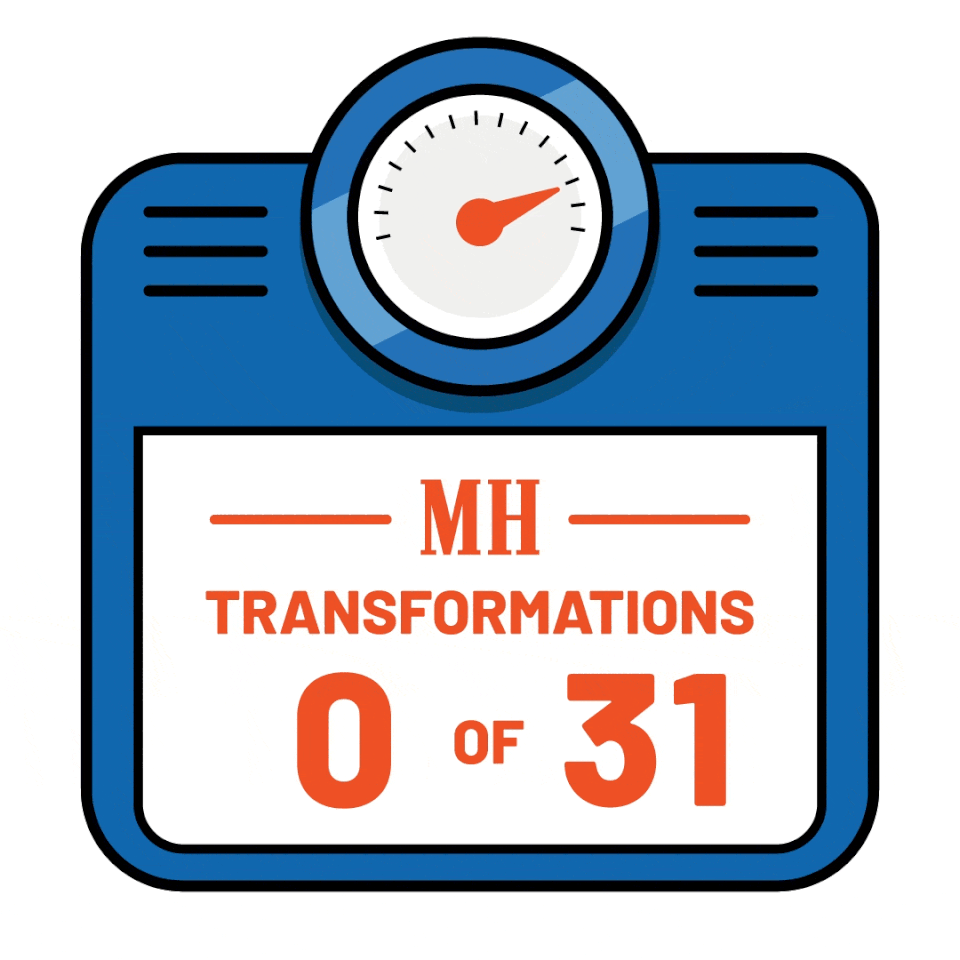I Ate What I Wanted Every Other Day—and Lost 175 Pounds

Intermittent fasting took Paul White, 51, from 372 pounds to lean marathon finisher. This is his story.

A London native, Paul White only planned to stay in New York City for a one-month stint at a Wall Street bank. But after falling in love with an American woman, he made the U.S. his permanent home-where he fell in love with American food, too. Over the next 20 years, be ballooned from 200 to 372 pounds. Then in 2013 a friend was diagnosed with terminal brain cancer.

“He was the kind of guy who always ordered the salad and watched his weight,” says White, 51, now a hedge fund partner in New Orleans. “He did everything right, whereas I was playing Russian roulette with my health.”
That year, he read about The Every Other Day Diet (EODD). Its simplicity appealed to him. The only rules were: on Diet Day you’re limited to 500 total calories (either in one meal or spread throughout the day), and on Feast Day, you can eat whatever you want. In two months of on/off dieting, White lost 20 pounds. Today, he weighs in a full 175 pounds lighter.
Skeptical? So was Krista Varady, Ph.D., the developer and co-author of the diet. “I thought people would overeat on the fasting days, but that wasn’t the case,” says Varady, an associate professor of nutrition at the University of Illinois. “In fact, our research showed that people only eat about 10 percent more on their Feast Days than they did before they started the program. We think fasting helps people become more in touch with their appetite and recognize when they’re full.”
One of the main reasons people abandon calorie-restriction diets is because they use up all their calories by mid-afternoon and spend the rest of the night hungry and miserable, she says. With EODD, people don’t have to cut calories for long periods-only 24 hours.
That’s one reason it worked for White. “You’re only on a diet for one day,” he says. “It was easier to fast when you knew you could relax the next day.”
After about two months, White noticed that he was eating healthier on Feast Days, too. Instead of burgers and fries, he was eating salads and fruit. “I developed a much healthier diet without realizing it,” he says. He’s always been active; even played rugby at university, but that slowed down once he started work. So along with losing weight, he kept hitting the gym. I now work out every day, doing 1,000 crunches and 600 push-ups every morning. I fit strength training in, and I run three to five times a week. I vary my goals; last year, it was running a marathon in under 4 hours. Training for marathons, White says, requires a few more calories on Diet Days, but he’s maintained his target weight of under 200.
Done right, intermittent fasting doesn’t have to be agonizing. If you’re inspired by White’s success, use Varady’s top tips for surviving a 500-calorie day:
Drink more water. On a usual day, much of our liquid intake comes from food. But when we fast, we tend to skimp on water, which can be dehydrating and prompt headaches.
Eat 50 grams of protein on fast days. Protein helps suppress hunger throughout the day.
Save enough fast day calories for after your workout. Everyone’s hungry post-exercise, so don’t exceed your 500-calorie limit before then.
Know that the first week is the worst. It takes about seven days for your body to adjust to intermittent fasting. At first your body fights it, but then it syncs to the new rhythm.
('You Might Also Like',)

